Introduction: The Exciting Journey of Puppyhood
Welcoming a new puppy into your home is an exhilarating experience filled with cuddles, playtime, and plenty of puppy kisses. As a responsible pet parent, one of the essential aspects of raising a happy and well-behaved canine companion is teaching them proper leash etiquette. In this comprehensive guide, we’ll explore when to start walking your pup on a leash, the benefits of leash training, and how to make the process enjoyable for both you and your furry friend.
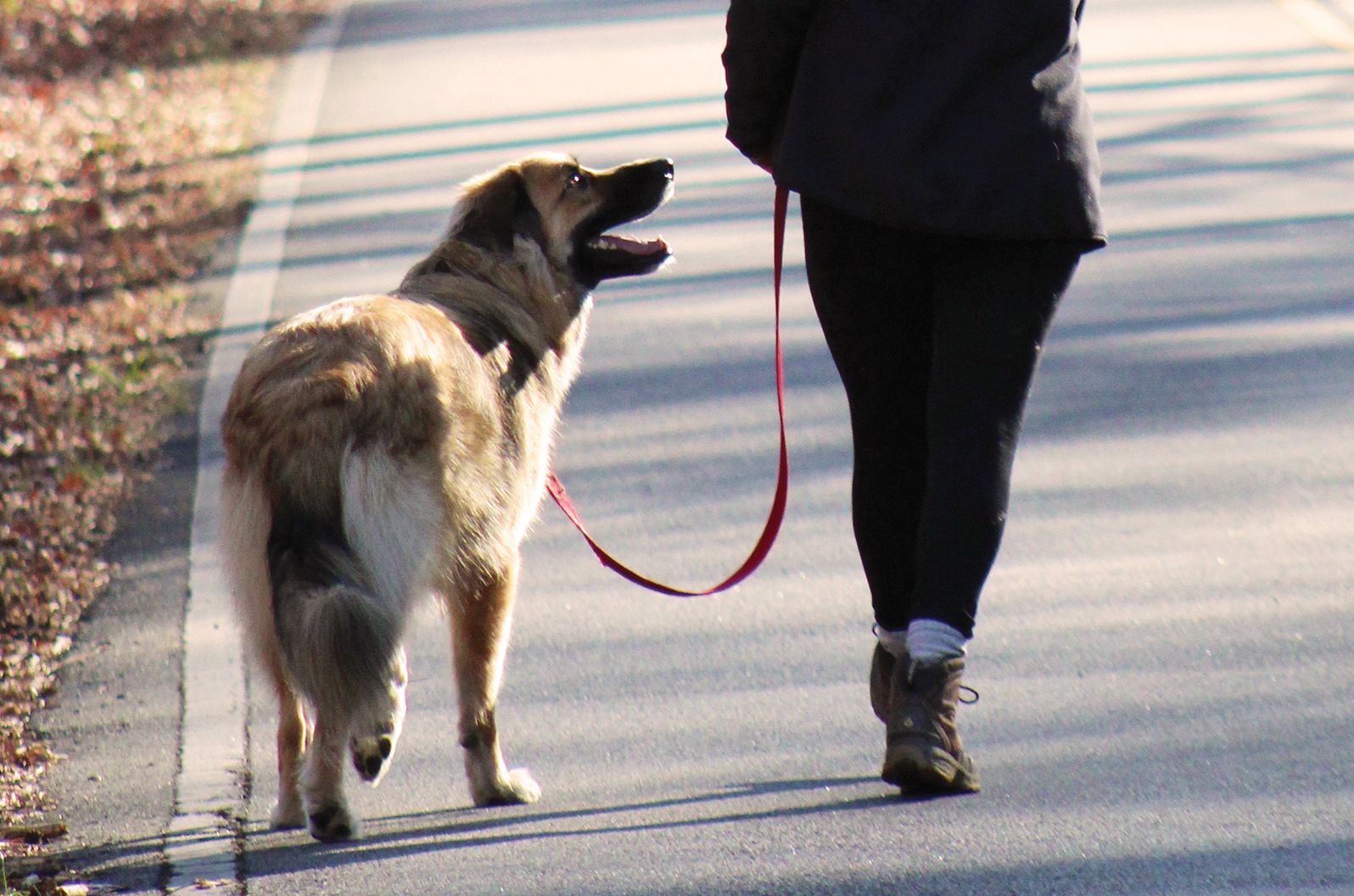
Understanding Your Puppy’s Developmental Stages
Before diving into leash training, it’s crucial to understand your puppy’s developmental stages. Puppies go through various phases of growth and maturity, each presenting unique challenges and opportunities for learning.
Neonatal Stage (0-2 weeks): During the neonatal stage, puppies are completely dependent on their mother for nourishment and warmth. Their eyes and ears are closed, and they spend most of their time sleeping and nursing.
Transitional Stage (2-4 weeks): As puppies enter the transitional stage, their senses begin to develop, and they start exploring their surroundings. They become more mobile and start to interact with their littermates and human caregivers.
Socialization Stage (3-12 weeks): The socialization stage is a critical period for puppies, during which they form bonds with their human family and learn to navigate the world around them. Early socialization experiences, including exposure to different people, animals, and environments, lay the foundation for a well-adjusted adult dog.
Juvenile Stage (3-6 months): During the juvenile stage, puppies experience a surge in energy and curiosity. They may test boundaries and exhibit behaviors such as chewing, digging, and mouthing as they explore their environment and learn about cause and effect.
Adolescent Stage (6-18 months): The adolescent stage is characterized by hormonal changes and increased independence. Puppies may become more assertive and testy during this time, making consistent training and supervision essential.
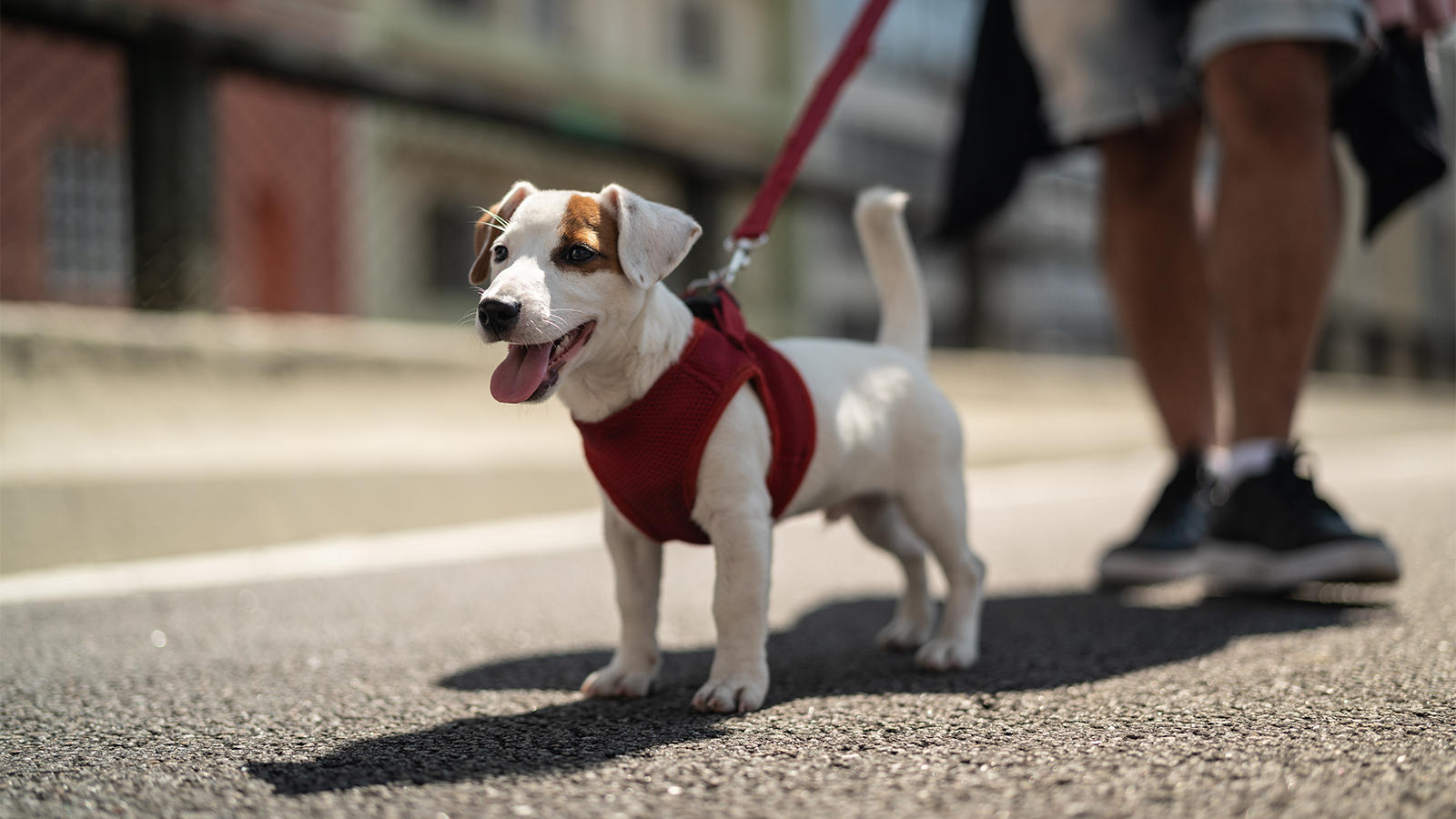
Benefits of Leash Training for Puppies
Leash training is more than just teaching your puppy to walk politely on a leash—it’s about building a strong bond, promoting safety, and instilling good behavior from an early age. Here are some key benefits of leash training for puppies:
Safety and Control: A leash provides a means of controlling your puppy and preventing them from wandering into dangerous situations, such as traffic or confrontations with other animals.
Socialization Opportunities: Walking on a leash exposes your puppy to various sights, sounds, and smells, helping them become confident and well-adjusted in different environments.
Exercise and Mental Stimulation: Regular walks on a leash provide puppies with much-needed exercise and mental stimulation, helping to burn off excess energy and prevent boredom.
Bonding and Communication: Leash training strengthens the bond between you and your puppy, as it requires cooperation and communication. It’s an opportunity to reinforce positive behavior and establish trust and respect.
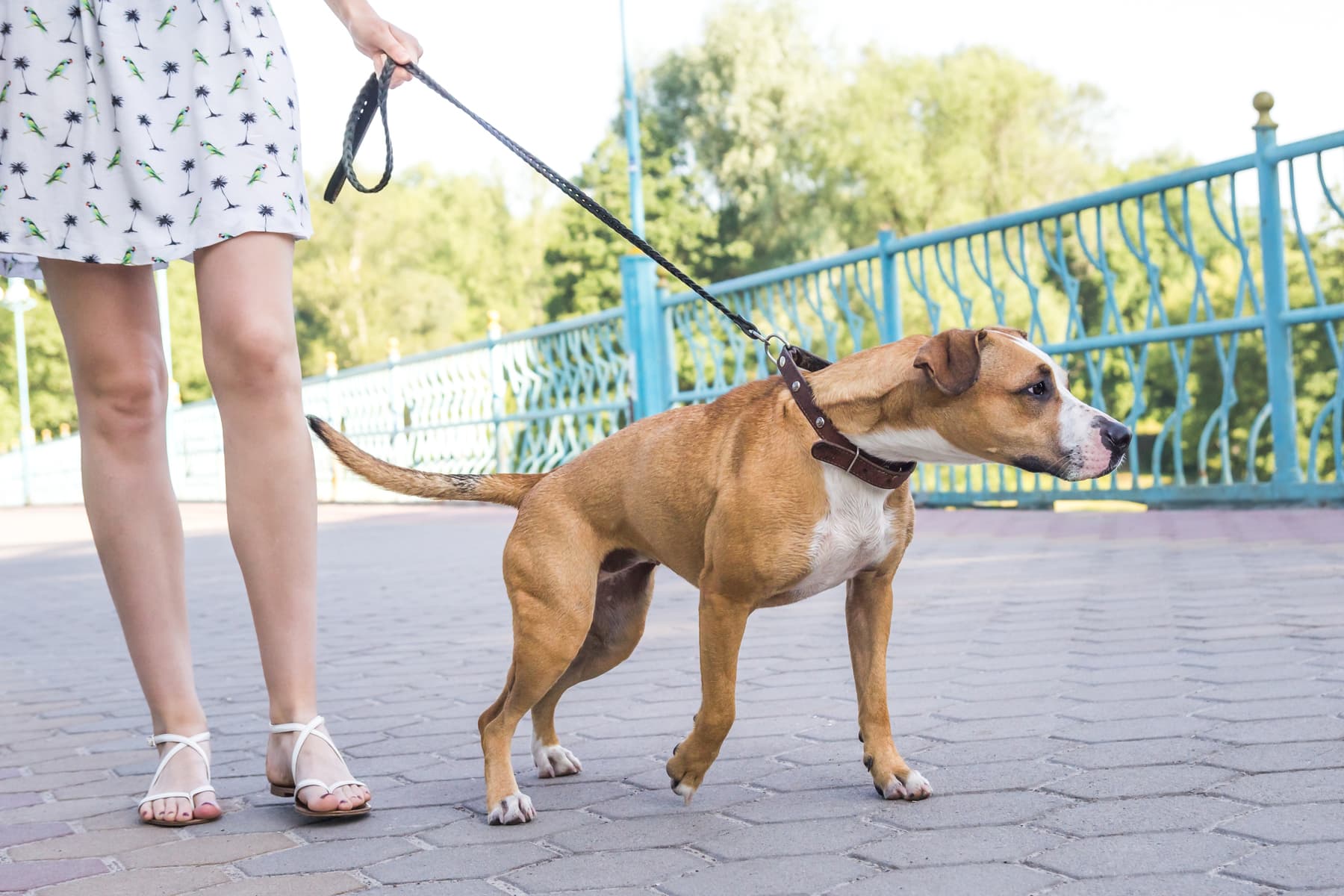
When to Start Leash Training Your Puppy
While it’s never too early to start introducing your puppy to a leash, the optimal time to begin formal leash training varies depending on your puppy’s age, size, and individual temperament. Here are some guidelines to consider:
Early Introductions (8-10 weeks): From the moment you bring your puppy home, you can start getting them accustomed to wearing a collar and leash. Begin by allowing them to wear the collar for short periods indoors, gradually increasing the duration as they become more comfortable.
Exploratory Walks (10-12 weeks): Around 10-12 weeks of age, you can start taking short, exploratory walks with your puppy on a leash in a safe and controlled environment, such as your backyard or a quiet park. Keep the walks brief and positive, focusing on fun and exploration rather than formal training.
Formal Training (12-16 weeks): As your puppy grows more accustomed to wearing the leash and collar, you can begin formal leash training sessions. Start in a familiar and distraction-free environment, using treats and praise to reinforce desired behaviors such as walking politely on a loose leash and responding to cues like “sit” and “stay.”
Consistency and Patience: Regardless of your puppy’s age, consistency and patience are key to successful leash training. Keep training sessions short and enjoyable, and always end on a positive note. If your puppy becomes overwhelmed or resistant, take a step back and try again later.
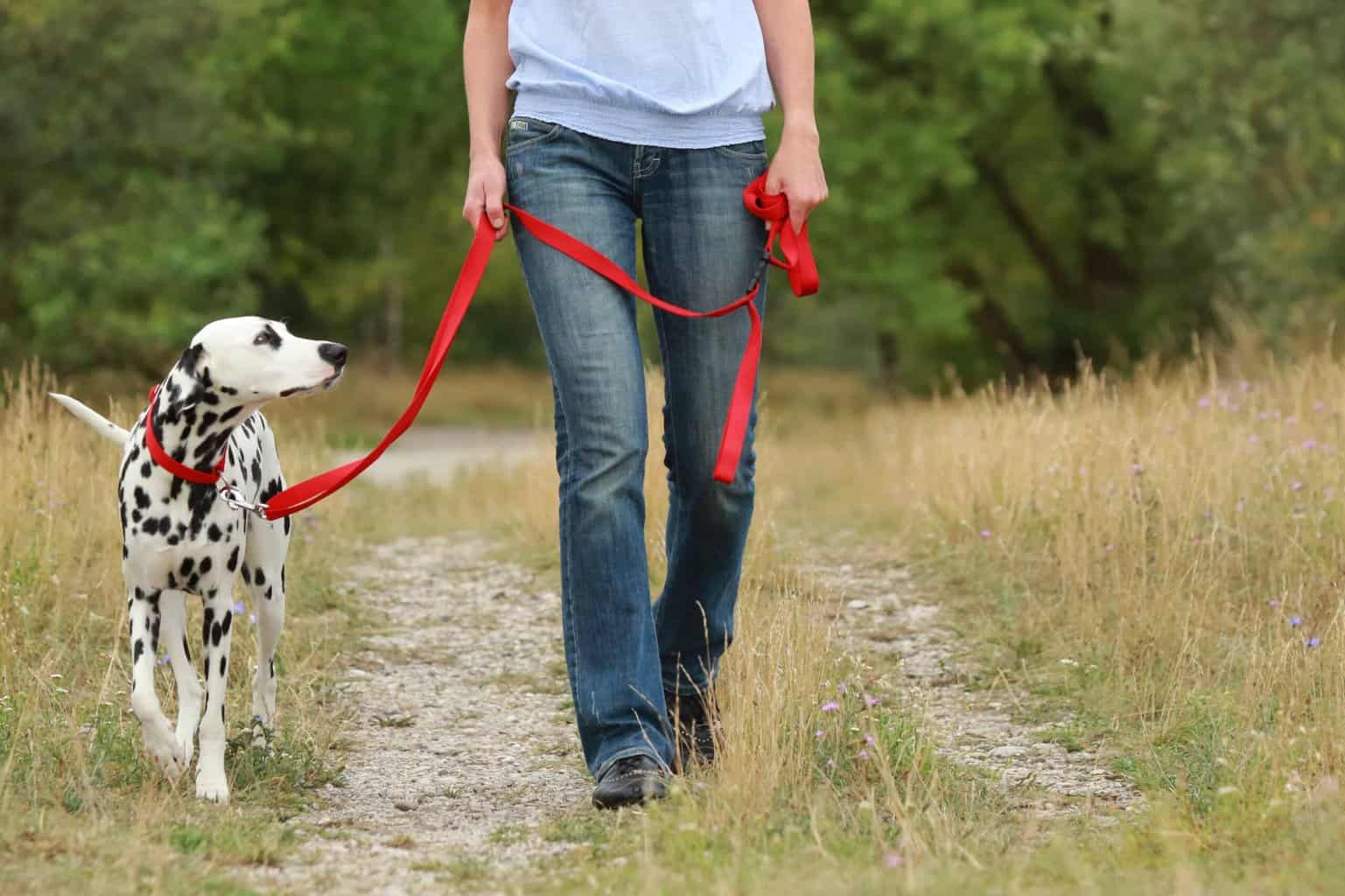
Tips for Successful Leash Training
Leash training can be a rewarding but challenging endeavor, especially for young puppies with short attention spans. Here are some tips to help make the process smoother and more enjoyable for both you and your furry companion:
Use Positive Reinforcement: Reward your puppy with treats, praise, and affection for walking politely on the leash and following your cues. Positive reinforcement helps create a positive association with leash walking and encourages good behavior.
Start Slow and Gradual: Begin leash training in a quiet, familiar environment free of distractions, then gradually introduce more challenging situations as your puppy gains confidence and skill.
Be Patient and Consistent: Leash training takes time and patience, so be prepared to practice regularly and remain consistent in your expectations and rewards.
Keep Training Sessions Short and Fun: Puppies have short attention spans, so keep training sessions brief and enjoyable to prevent boredom and frustration. End on a positive note with plenty of praise and playtime.
Seek Professional Help if Needed: If you’re struggling with leash training or encountering behavioral issues, don’t hesitate to seek guidance from a professional dog trainer or behaviorist who can provide personalized advice and support.
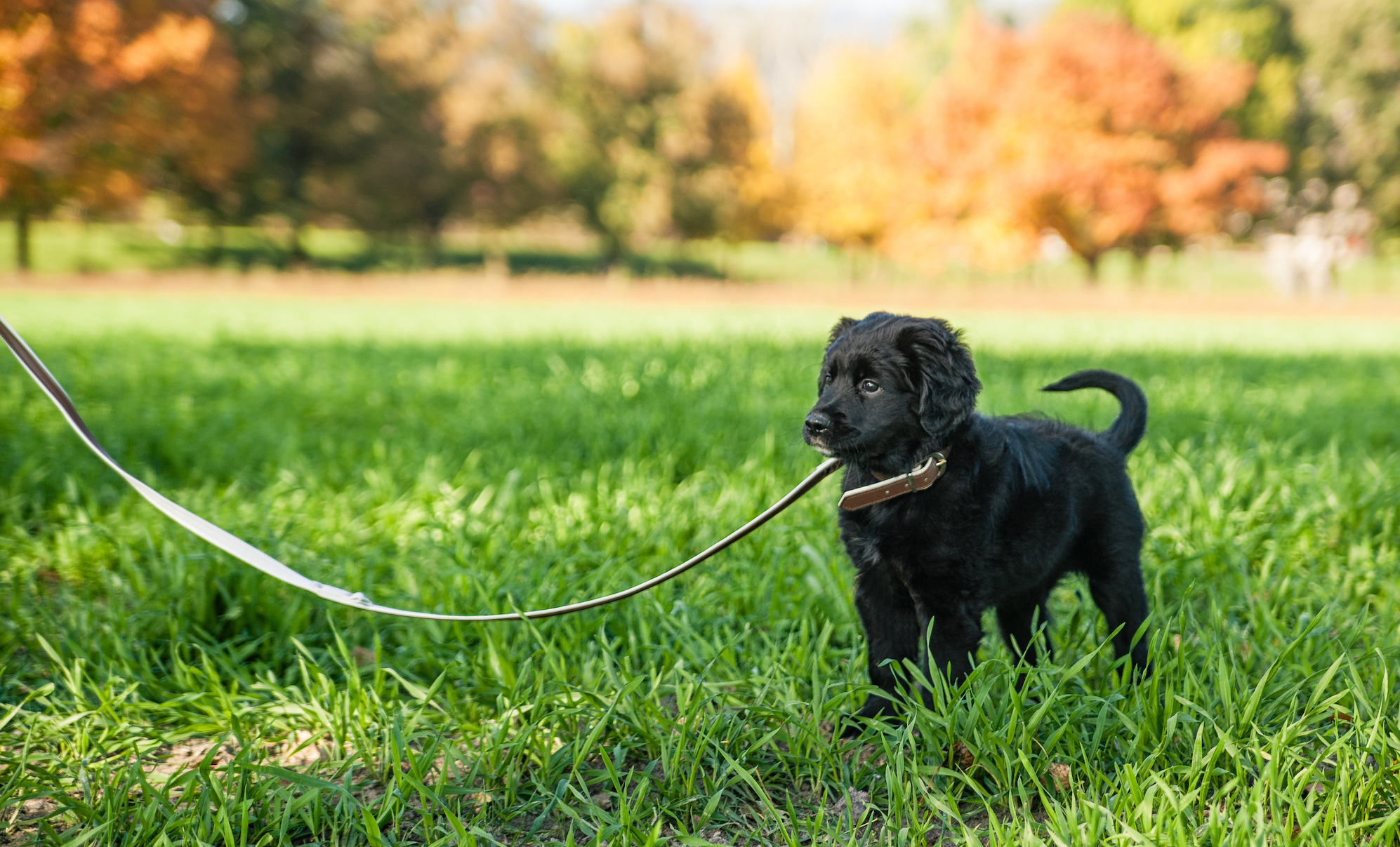
Common Challenges in Leash Training and How to Overcome Them
While leash training can be a rewarding experience, it’s not without its challenges. Many puppies struggle with leash walking initially, exhibiting behaviors such as pulling, lunging, or resisting the leash. Here are some common challenges you may encounter during leash training and tips for overcoming them:
Pulling on the Leash: Pulling on the leash is a common issue for many puppies, as they are naturally curious and eager to explore their surroundings. To discourage pulling, use a front-clip harness or head halter that gently redirects your puppy’s attention back to you when they pull. Additionally, stop walking and wait for your puppy to relax before resuming the walk, rewarding them with treats and praise for walking politely by your side.
Lunging or Barking at Other Dogs: Puppies may exhibit reactive behavior, such as lunging or barking at other dogs, when on a leash. To address this behavior, practice desensitization and counter-conditioning techniques by gradually exposing your puppy to other dogs at a distance and rewarding calm, non-reactive behavior. Use high-value treats and praise to reward your puppy for remaining calm and focused on you during encounters with other dogs.
Fear or Anxiety: Some puppies may exhibit fear or anxiety when on a leash, especially if they have had negative experiences or lack socialization. To help your puppy overcome fear or anxiety, start by introducing the leash and collar gradually in a positive and non-threatening manner. Use treats, praise, and gentle encouragement to build your puppy’s confidence and create positive associations with leash walking.
Conclusion: Building a Lifelong Bond
Leash training is an essential part of puppy parenting, helping to promote safety, obedience, and bonding between you and your furry companion. By starting early and using positive reinforcement techniques, you can teach your puppy to walk politely on a leash and enjoy outdoor adventures together for years to come. Remember to be patient, consistent, and always prioritize your puppy’s comfort and well-being as you embark on this exciting journey of puppyhood together.









